The rabbi who launched our local Red Cross 100 years ago
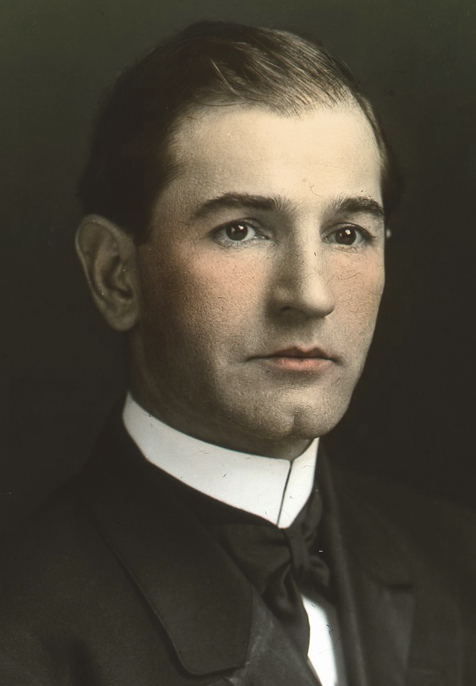
By Marshall Weiss, The Dayton Jewish Observer
As part of its yearlong centennial celebration, the Dayton Area Chapter of the American Red Cross will unveil a mural in mid-June at its headquarters, 370 W. First St. in Downtown Dayton. It also hopes to raise the remaining $10,000 toward its $150,000 goal to fund a new emergency response vehicle by June 30.
And at its annual meeting on June 20, the chapter will present some brief skits to celebrate its founders. Actors will portray three community leaders explaining why they established the local chapter. The leaders are John Patterson, Katharine Wright, and Rabbi David Lefkowitz.
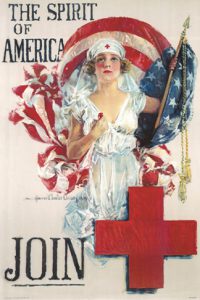
The rabbi served as the first permanent chair of the Montgomery County Chapter of the American Red Cross from 1917 to 1920.
Laura Seyfang, who retires as executive director of the Dayton area chapter on June 30, says the performance will give people a quick history lesson “about who really was the key person involved there. We’re going to be recognizing Lefkowitz’s contributions during our annual meeting.”
The chapter now serves Montgomery, Greene, and Preble Counties.
Lefkowitz was a well-established social reformer in Dayton’s Jewish and general communities in 1917.
According to the American Jewish Archives, David Lefkowitz was born in Eperies, Hungary in 1875. His widowed mother brought him and his two brothers to the United States sometime around 1881. Their mother was unable to support the family, and she abandoned Lefkowitz and his younger brother at the Hebrew Orphan Asylum in New York. Lefkowitz lived there from 1883-89.
American Jewish Archives records also indicate that he later worked for the asylum to pay for his schooling. Lefkowitz received his bachelor’s degree from the College of the City of New York in 1894 and the University of Cincinnati in 1899.
Dayton’s B’nai Yeshurun congregation (now Temple Israel) hired him after his rabbinic ordination from Hebrew Union College in Cincinnati in 1900, where he was a student of Rabbi Isaac Mayer Wise, the architect of Reform Judaism in America.
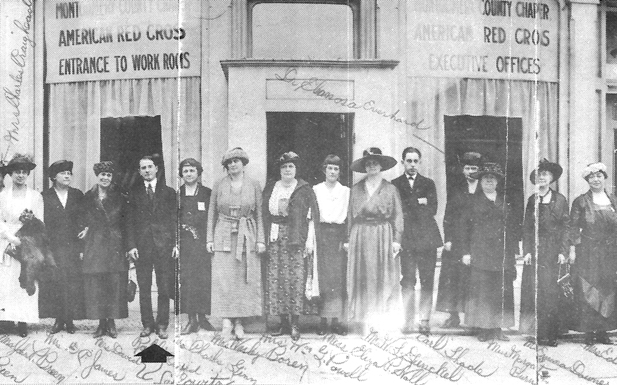
In 1907-08, Lefkowitz chaired the Dayton Citizens’ Relief Committee to assist the unemployed. He served on the first executive committee of the Dayton NAACP when it was established in 1915.
He was also vice president of the Montgomery County Humane Society, vice president of the Dayton Vacation School Association, chair of Dayton’s Playground Committee, and on the educational committee of the Dayton Chamber of Commerce.
The Rev. Augustus Waldo Drury wrote of Lefkowitz in his 1909 “History of the City of Dayton and Montgomery County,” “He does not feel any narrow racial or sectarian boundaries but is a man of broad humanitarian spirit who has been a close student of the vital questions of the day.”
In 1910, Lefkowitz brought together leaders of his German-Jewish Reform congregation to organize Dayton’s Jewish charities into the Federation of Jewish Charities of Dayton, now the Jewish Federation.
Lefkowitz was the guiding force behind the Jewish Federation’s key decisions, the subtle hand that helped Federation’s leaders navigate politics in the Jewish and general communities.
Under his advisement, the Federation established the structure and standards for providing Jews in need with loans and tangible relief such as food, clothing, and coal. He personally handled the most difficult cases.
Two years after the Great Dayton Flood of 1913, when Jews in Dayton were still unable to repay loans the Federation had issued to them as flood relief, it was Lefkowitz who urged the Federation to set aside those loans “on which payment would be a hardship.” He urged the loan committee to “act on its best judgment.”
With the United States’ entry into World War I in April 1917, several local chapters of the American Red Cross went into operation across the country.
Two months before the United States joined the war, the National Board of the Red Cross in Washington, D.C. appealed to the women of Montgomery County to organize a local chapter. The immediate aim was to ease the suffering of women and children in war-torn Belgium and France. By April, women here had raised money, purchased materials, and knitted 9,705 surgical dressing items.
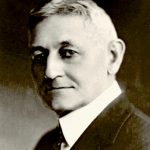
Eleanor Hamilton, a nurse with Miami Valley Hospital, brought 100 people together to form the Montgomery County Red Cross chapter on April 18, 1917. Ferdinand J. Ach, a member of B’nai Yeshurun, was named temporary chairman.
Ach and Lefkowitz had already worked together on several projects. A coffee roaster and purveyor by trade, Ach was the first president of the Federation of Jewish Charities, and served as B’nai Yeshurun’s president from 1915 to 1917. For the Red Cross, he would focus on civilian relief work, along with Katharine Wright and NCR founder John Patterson.
When the local Red Cross asked Patterson to become its first permanent chair, he declined. The chapter then turned to Lefkowitz to oversee the mobilization of volunteer committees to provide much-needed medical supplies and nursing care for U.S. soldiers in Europe.
After the war, Lefkowitz led the chapter in its transition to local services for those in need, and the comfort and welfare of returned soldiers.
Six months after the armistice, in a report about its work during the war, the Montgomery County chapter wrote of Lefkowitz: “With a heart full to overflowing with love to humanity, wise in judgment, seeing always the bright side, when perchance, a little discouragement or apprehension crept in among the workers, sparing neither time nor strength in forwarding the work, the success of the Montgomery County Chapter of the Red Cross is largely due to its devoted chairman.”
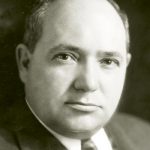
Alongside Lefkowitz, Ach, and other Jews on Red Cross committees was attorney Sidney G. Kusworm, president of B’nai Yeshurun from 1917 to 1919, and successor to Ach as president of the Jewish Federation. Kusworm helped the Red Cross chapter with publicity.
In 1921, Kusworm established a national commission on citizenship and civic affairs for B’nai B’rith, the Jewish fraternal organization; he would chair the commission until 1962. Kusworm would spearhead a national B’nai B’rith project in 1954 that gained thousands of members for the American Red Cross.
After 20 years in Dayton, Lefkowitz, his wife and children moved to Dallas in 1920, where he would serve as rabbi of Temple Emanu-El. In a dissertation for the University of North Texas, “Rabbi David Lefkowitz of Dallas,” Jane Guzman writes that when the rabbi announced he was leaving B’nai Yeshurun, “Dayton civic leaders tried hard to persuade him to remain, and 47 non-Jews even offered to join his congregation if he would stay.”
In Dallas, Lefkowitz publicly stood down the Ku Klux Klan in the 1920s, and would gain a reputation as the community’s rabbi until his retirement in 1948; he died in 1955.
To read the complete June 2017 Dayton Jewish Observer, click here.

